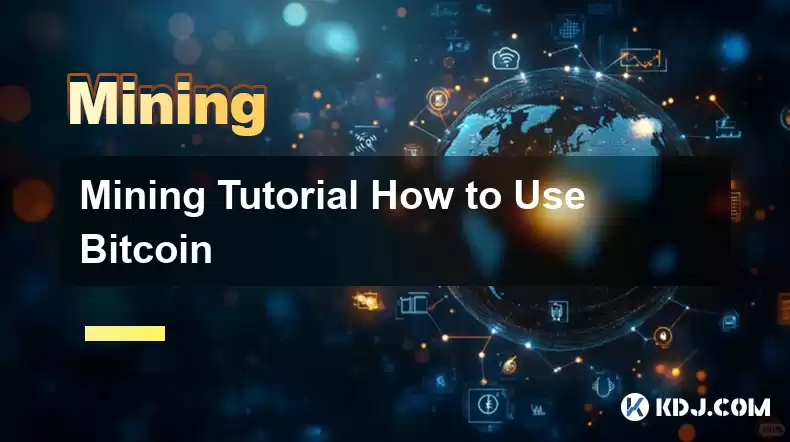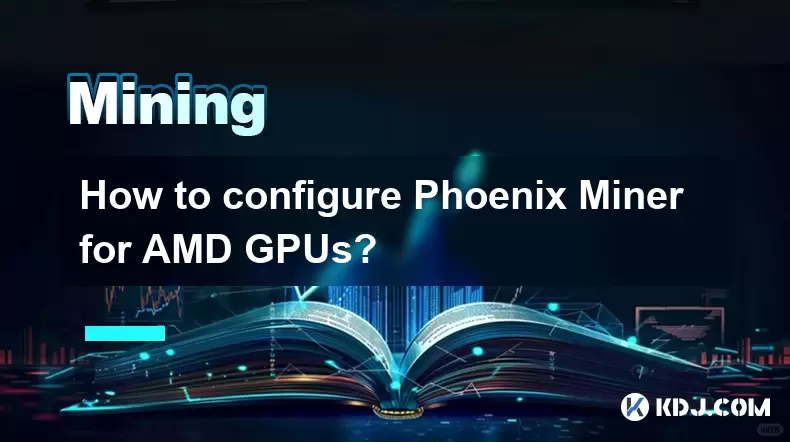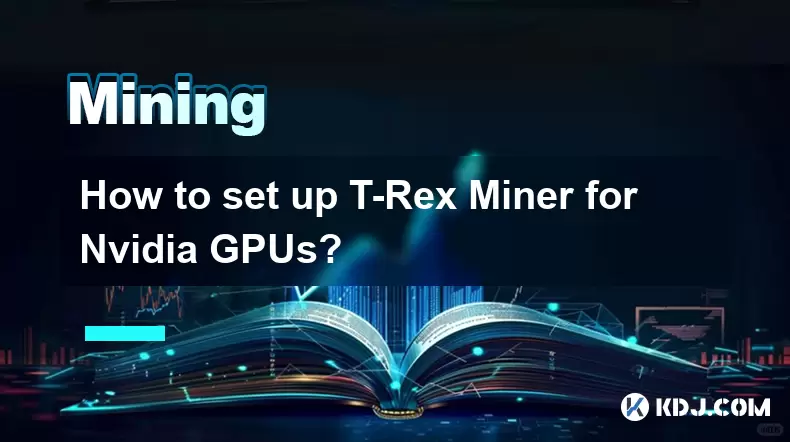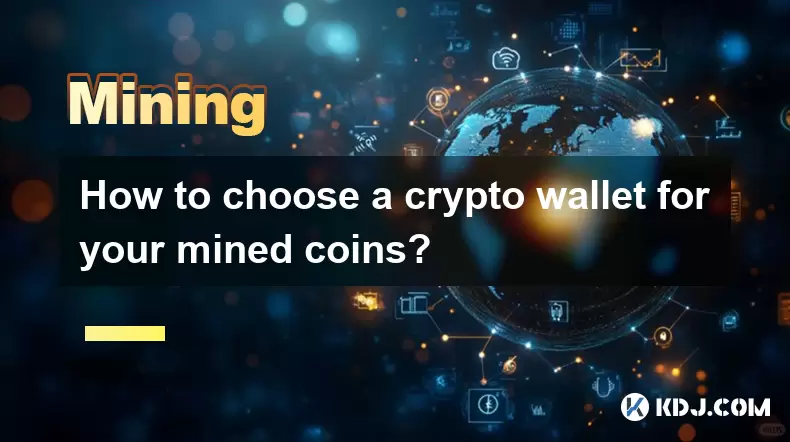-
 Bitcoin
Bitcoin $117800
0.49% -
 Ethereum
Ethereum $4432
0.55% -
 XRP
XRP $3.106
1.07% -
 Tether USDt
Tether USDt $1.001
0.01% -
 BNB
BNB $835.8
1.74% -
 Solana
Solana $189.1
2.72% -
 USDC
USDC $0.9999
-0.01% -
 Dogecoin
Dogecoin $0.2302
3.65% -
 TRON
TRON $0.3485
-0.69% -
 Cardano
Cardano $0.9212
-0.91% -
 Hyperliquid
Hyperliquid $46.97
1.45% -
 Chainlink
Chainlink $22.77
5.61% -
 Stellar
Stellar $0.4284
0.82% -
 Sui
Sui $3.766
2.82% -
 Bitcoin Cash
Bitcoin Cash $583.5
-0.82% -
 Ethena USDe
Ethena USDe $1.001
0.03% -
 Hedera
Hedera $0.2512
2.78% -
 Avalanche
Avalanche $24.18
2.27% -
 Litecoin
Litecoin $120.2
2.10% -
 Toncoin
Toncoin $3.450
1.96% -
 UNUS SED LEO
UNUS SED LEO $9.412
-0.92% -
 Shiba Inu
Shiba Inu $0.00001298
2.35% -
 Uniswap
Uniswap $10.99
3.75% -
 Polkadot
Polkadot $3.962
3.09% -
 Dai
Dai $1.000
0.00% -
 Bitget Token
Bitget Token $4.643
1.38% -
 Cronos
Cronos $0.1511
-0.08% -
 Ethena
Ethena $0.7246
3.18% -
 Monero
Monero $254.9
7.90% -
 Pepe
Pepe $0.00001100
3.32%
Mining Tutorial How to Use Bitcoin
Understanding Bitcoin's underlying blockchain technology and the different mining hardware options, such as ASICs, is crucial for optimizing mining profits and efficiency.
Jan 13, 2025 at 07:55 am

Key Points:
- Understanding Bitcoin and its underlying technology
- Selecting a suitable mining hardware
- Setting up a mining pool or joining an existing one
- Configuring and running mining software
- Optimizing mining efficiency and profitability
- Troubleshooting common mining issues
Mining Tutorial: How to Use Bitcoin
1. Understanding Bitcoin and Its Underlying Technology
Bitcoin is a decentralized cryptocurrency that operates on blockchain technology. It is secured by a distributed network of computers known as "miners." Miners process transactions and add them to the blockchain, the public ledger that stores all Bitcoin transactions.
To participate in Bitcoin mining effectively, it is crucial to understand the core concepts of Bitcoin, including its blockchain structure, transaction verification process, and the role of miners in maintaining the network's security.
2. Selecting a Suitable Mining Hardware
The choice of mining hardware is critical to the success of a mining operation. There are several types of mining hardware available, each with its own characteristics and performance capabilities.
- CPU Mining: Uses your computer's central processing unit (CPU) for mining. It is the most basic form of mining and no longer profitable for Bitcoin mining.
- GPU Mining: Utilizes graphical processing units (GPUs), which offer significantly higher performance than CPUs for mining.
- ASIC (Application Specific Integrated Circuit) Mining**: ASICs are specialized hardware designed specifically for mining cryptocurrencies. They provide the highest performance but also come with a higher cost.
Consider factors such as power consumption, hashrate (mining speed), and cost when selecting your mining hardware.
3. Setting Up a Mining Pool or Joining an Existing One
Mining Bitcoin independently is no longer feasible due to the immense computational power required. Most miners participate in mining pools, which combine the resources of multiple miners to increase their chances of finding a block.
To participate in a mining pool:
- Research and select a reputable mining pool.
- Create an account on the mining pool and download its mining software.
- Configure the mining software according to the pool's instructions and start mining.
4. Configuring and Running Mining Software
The mining software acts as an interface between your mining hardware and the mining pool. It allows you to control various mining parameters and monitor its performance.
- Download the mining software from your chosen mining pool or develop your own.
- Configure the software settings, including your mining hardware configuration, pool connection details, and desired mining intensity.
- Start the mining software and monitor its operations.
5. Optimizing Mining Efficiency and Profitability
To maximize your mining profits, it is essential to optimize your mining setup:
- Fine-tune your mining software settings to maximize efficiency and stability.
- Overclock your mining hardware if possible, while monitoring its temperature and stability.
- Join a mining pool with low fees and a reliable track record.
- Monitor your mining rig regularly and replace any faulty components promptly.
6. Troubleshooting Common Mining Issues
Mining operations can encounter various issues, including:
- Overclocking Failures: Ensure your hardware is stable at the overclocked settings. Too much overclocking can cause instability and damage to your equipment.
- Software Errors: Update your mining software and drivers to the latest versions to resolve software-related issues.
- Pool Connectivity Problems: Check your internet connection and confirm that your mining pool is online and accessible.
- Hardware Issues: Run diagnostics on your mining hardware to identify and replace any faulty components.
FAQs:
- Is Bitcoin mining still profitable?
Profitability depends on factors such as mining difficulty, network hashrate, electricity costs, and the value of Bitcoin. It can fluctuate significantly, so research thoroughly before investing in mining equipment. - Can I solo mine Bitcoin?
Solo mining, attempting to mine Bitcoin blocks independently, is highly unlikely to be profitable due to the immense computational power required. Joining a mining pool is recommended to increase your chances of success. - What is the hashrate?
The hashrate is a measure of the computational power of a mining network or individual miner. A higher hashrate increases the probability of solving the complex mathematical problems required for mining blocks. - Can I mine Bitcoin with my home computer?
CPU mining with a home computer is no longer viable due to low efficiency and profitability. GPU mining can be an option, but it is crucial to consider electricity costs and ensure your graphics card is powerful enough. - What is an ASIC miner?
An ASIC (Application Specific Integrated Circuit) miner is a specialized hardware designed solely for cryptocurrency mining. They provide significantly higher performance and efficiency than general-purpose computation.]
Disclaimer:info@kdj.com
The information provided is not trading advice. kdj.com does not assume any responsibility for any investments made based on the information provided in this article. Cryptocurrencies are highly volatile and it is highly recommended that you invest with caution after thorough research!
If you believe that the content used on this website infringes your copyright, please contact us immediately (info@kdj.com) and we will delete it promptly.
- Kazakhstan's Crypto Leap: Bitcoin ETF and Central Asia's Digital Finance Future
- 2025-08-13 12:45:19
- BlockDAG Presale Blazes Past $371M: Fundraising Frenzy Fuels Crypto Sensation
- 2025-08-13 13:05:21
- Meme Coins: Chasing the 2025 Surge – Which Will Moonshot?
- 2025-08-13 10:25:23
- Bitcoin's Wild Ride: Rally, Pullback, and What's Next
- 2025-08-13 10:25:23
- Bitcoin, Bitmax, and Institutional Demand: A New Era of Crypto Investment
- 2025-08-13 10:45:12
- Solana, ROAM, and Airdrops: What's the Buzz in 2025?
- 2025-08-13 11:35:13
Related knowledge

How to configure Phoenix Miner for AMD GPUs?
Aug 11,2025 at 03:21am
Understanding Phoenix Miner and Its Compatibility with AMD GPUsPhoenix Miner is a lightweight, high-performance Ethereum mining software designed for ...

How to set up T-Rex Miner for Nvidia GPUs?
Aug 10,2025 at 12:07am
Understanding T-Rex Miner and Its Compatibility with Nvidia GPUsT-Rex Miner is a high-performance mining software designed specifically for Nvidia GPU...

What is "proof-of-work" and how does it relate to mining?
Aug 07,2025 at 02:03pm
Understanding the Concept of Proof-of-WorkProof-of-work (PoW) is a consensus mechanism used in blockchain networks to validate transactions and secure...

How to choose a crypto wallet for your mined coins?
Aug 13,2025 at 11:36am
Understanding the Types of Crypto Wallets for Mined CoinsWhen selecting a crypto wallet for your mined coins, the first step is to understand the diff...

What are the differences between mining on Windows vs. Linux?
Aug 06,2025 at 11:29pm
Overview of Cryptocurrency Mining PlatformsCryptocurrency mining involves using computational power to solve complex cryptographic puzzles and validat...

How to use an old computer for cryptocurrency mining?
Aug 07,2025 at 12:42pm
Understanding the Feasibility of Using an Old Computer for MiningUsing an old computer for cryptocurrency mining may seem outdated, but it is still te...

How to configure Phoenix Miner for AMD GPUs?
Aug 11,2025 at 03:21am
Understanding Phoenix Miner and Its Compatibility with AMD GPUsPhoenix Miner is a lightweight, high-performance Ethereum mining software designed for ...

How to set up T-Rex Miner for Nvidia GPUs?
Aug 10,2025 at 12:07am
Understanding T-Rex Miner and Its Compatibility with Nvidia GPUsT-Rex Miner is a high-performance mining software designed specifically for Nvidia GPU...

What is "proof-of-work" and how does it relate to mining?
Aug 07,2025 at 02:03pm
Understanding the Concept of Proof-of-WorkProof-of-work (PoW) is a consensus mechanism used in blockchain networks to validate transactions and secure...

How to choose a crypto wallet for your mined coins?
Aug 13,2025 at 11:36am
Understanding the Types of Crypto Wallets for Mined CoinsWhen selecting a crypto wallet for your mined coins, the first step is to understand the diff...

What are the differences between mining on Windows vs. Linux?
Aug 06,2025 at 11:29pm
Overview of Cryptocurrency Mining PlatformsCryptocurrency mining involves using computational power to solve complex cryptographic puzzles and validat...

How to use an old computer for cryptocurrency mining?
Aug 07,2025 at 12:42pm
Understanding the Feasibility of Using an Old Computer for MiningUsing an old computer for cryptocurrency mining may seem outdated, but it is still te...
See all articles

























































































